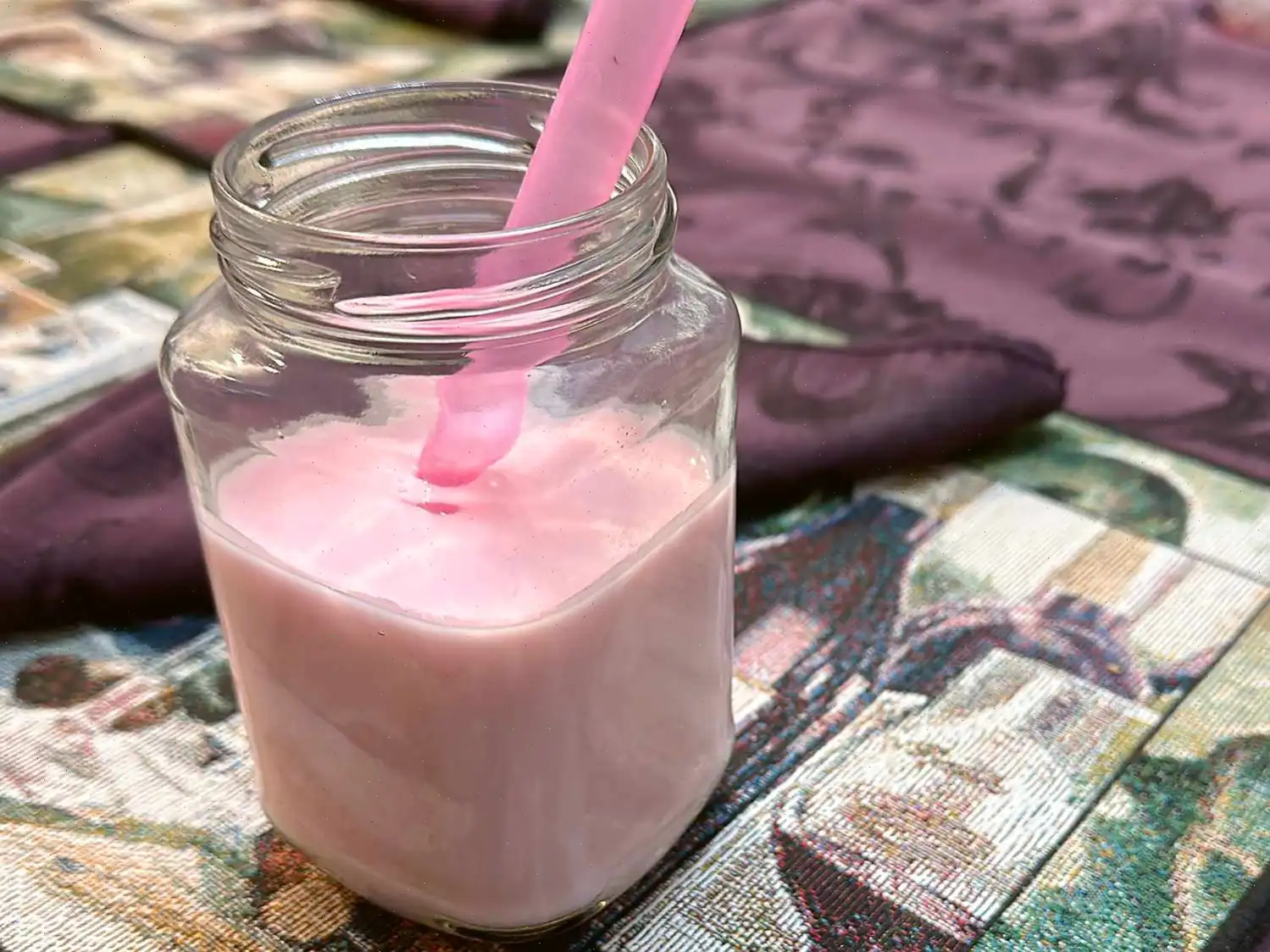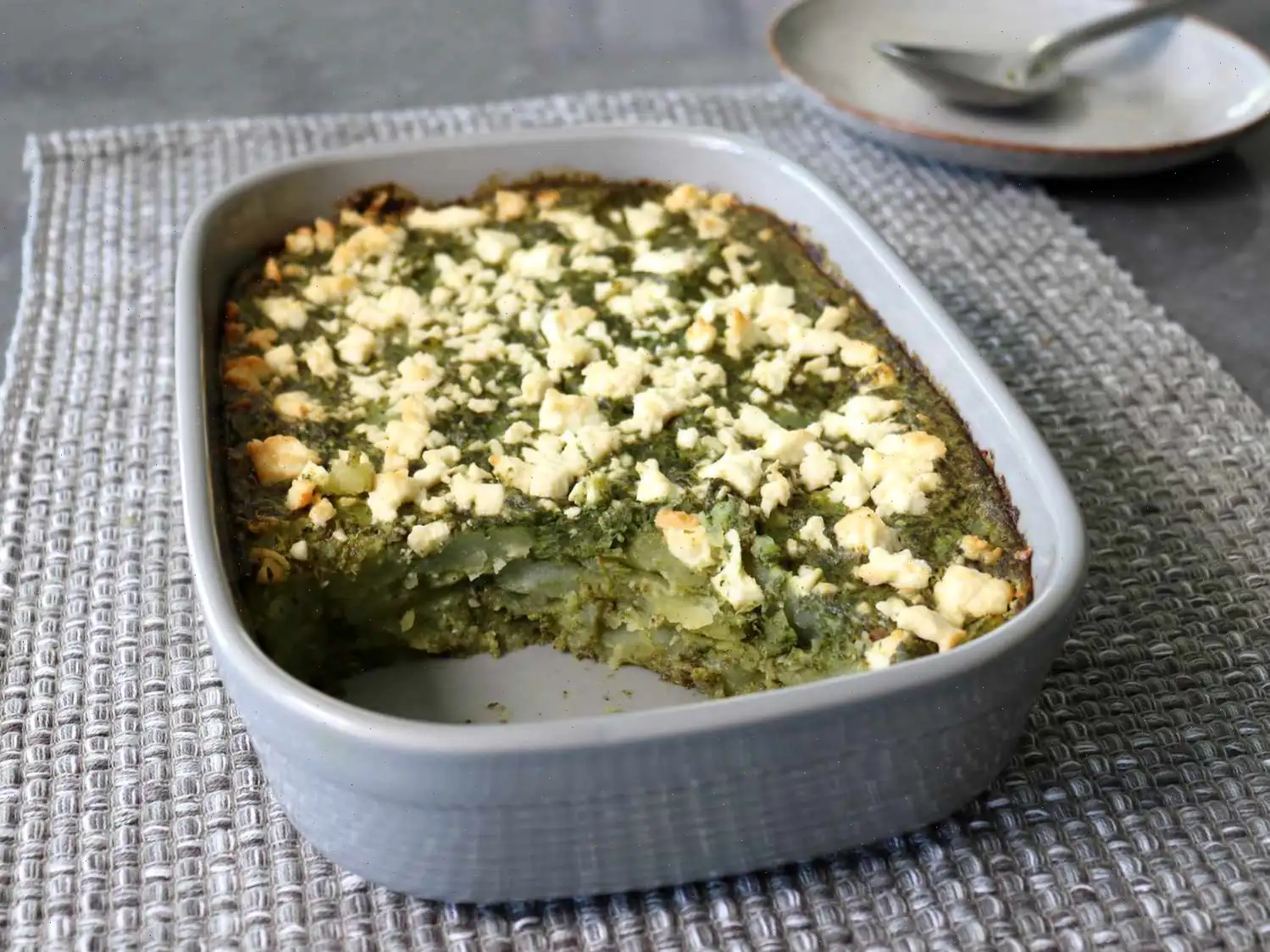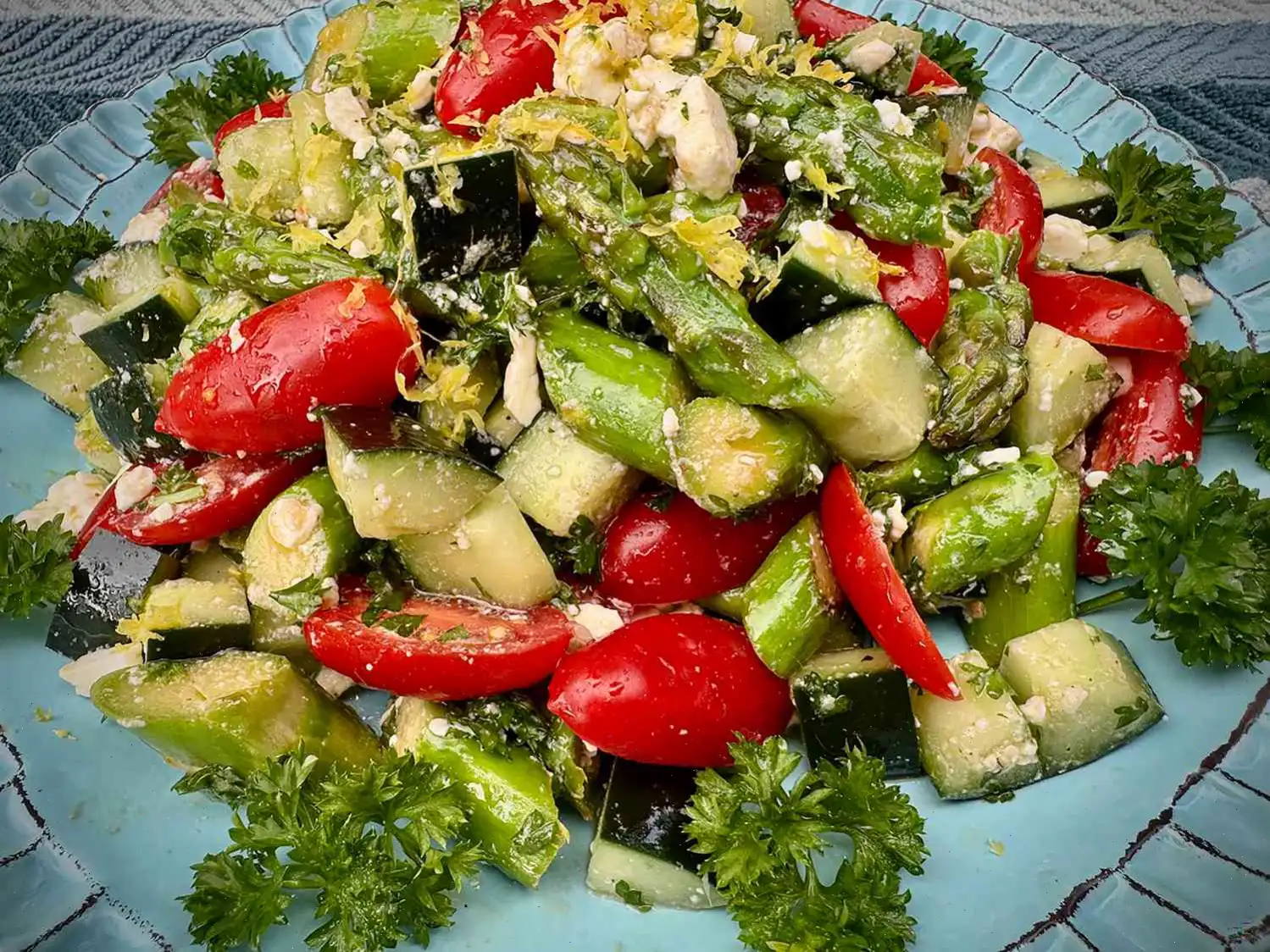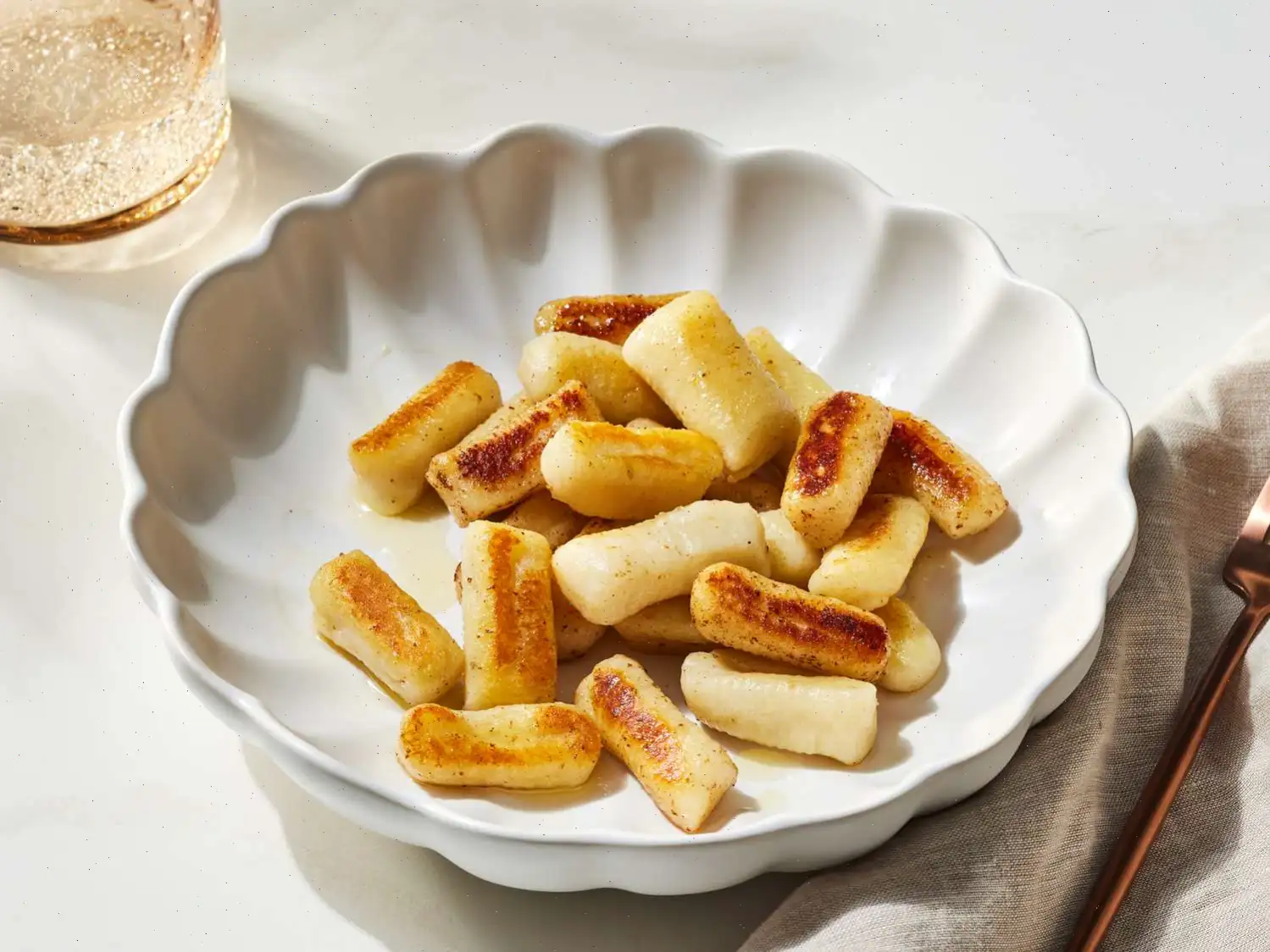
Homemade Strawberry Kefir Recipe
Homemade Kefir with Strawberry
Ingredients:
- 4 cups high protein milk (such as Fa!rlife)
- 1 tablespoon kefir grains
- 1/2 cup frozen strawberries
Directions:
Step 1: Pour the milk into a clean glass jar with a lid. Add the kefir grains and cover the jar. Let the jar sit at room temperature for about 24 hours, shaking it periodically.
Step 2: Start checking the kefir after 18 hours; it may take more or less time to thicken depending on the environment. The milk should transform from liquid to a thickened consistency.
Step 3: Once thickened, separate the grains by pouring the kefir through a strainer into another clean glass jar. Reserve the grains for your next batch.
Step 4: In a high-powered blender, blend the frozen strawberries until smooth.
Step 5: Add the strawberry puree to the kefir and shake to combine well.
Step 6: Refrigerate the mixture until you're ready to serve.
Cook's Note: Homemade kefir may not be as thick as store-bought versions, but it will still be delicious. It typically lasts about a week in the refrigerator. You can purchase kefir grains online for future batches.
Nutrition Facts (per serving):
- Calories: 158
- Fat: 5g (7% Daily Value)
- Saturated Fat: 3g (17% Daily Value)
- Cholesterol: 22mg (7% Daily Value)
- Sodium: 233mg (10% Daily Value)
- Total Carbohydrates: 17g (6% Daily Value)
- Dietary Fiber: 1g (2% Daily Value)
- Total Sugars: 16g
- Protein: 11g (22% Daily Value)
- Vitamin C: 11mg (12% Daily Value)
- Calcium: 372mg (29% Daily Value)
- Iron: 0mg (1% Daily Value)
- Potassium: 473mg (10% Daily Value)
Servings per recipe: 4
* Percent Daily Values are based on a 2,000 calorie diet. Your daily values may be higher or lower depending on your calorie needs. Nutrient information may not be available for all ingredients.
History and Origin
Kefir, a fermented milk drink, has a rich history that dates back over a thousand years. It is believed to have originated in the North Caucasus region, particularly in the mountainous areas between Russia and Georgia. According to legend, kefir grains were a gift from the gods to the people of this region, who discovered that fermenting milk with these grains produced a creamy, tangy beverage. The name "kefir" itself is derived from the Turkish word "keyif," meaning "pleasure," reflecting the delightful taste and soothing properties of the drink. Over the centuries, kefir has spread across Europe, Asia, and the rest of the world due to its remarkable health benefits, particularly its rich probiotic content.
Regional Variations
While kefir has roots in the Caucasus, different regions have embraced and adapted it in various ways. In Russia, where kefir is a staple, it is traditionally consumed as a part of daily life, often paired with bread or served as a refreshing beverage during meals. In Eastern Europe, especially in countries like Poland, Ukraine, and Bulgaria, kefir has become a beloved drink, sometimes mixed with herbs or even used as a base for soups. In recent years, the Western world has also caught onto the health benefits of kefir, making it a popular choice in health-conscious diets. However, the homemade version, like this strawberry kefir, offers a personal touch and a unique flavor that may differ from store-bought varieties.
Differences from Similar Dishes
Although kefir shares similarities with other fermented milk products like yogurt and buttermilk, it stands apart due to its fermentation process and distinct probiotic profile. The fermentation of kefir involves both bacteria and yeast, which produces a slightly carbonated, tangy taste. This sets kefir apart from yogurt, which is typically fermented with only bacteria, resulting in a smoother, creamier texture. Additionally, kefir can be consumed as a drink due to its thinner consistency, unlike yogurt, which is thicker and often eaten with a spoon. Strawberry kefir, in particular, offers an extra layer of fruity sweetness that balances the natural tartness of the kefir, making it a refreshing treat. The addition of strawberries also brings a boost of vitamin C, making it a perfect snack or side dish.
Where to Serve Homemade Strawberry Kefir
Homemade strawberry kefir is versatile and can be enjoyed at various times of the day. It makes an excellent breakfast beverage when paired with granola or fresh fruit, providing a nutritious start to the day. As a snack, its a great option for those looking for a light, refreshing treat with a probiotic boost. Some cultures serve kefir alongside savory dishes, such as salads or bread, to balance out the flavors. In modern settings, strawberry kefir is often enjoyed chilled as a refreshing drink during the summer months or as a post-workout snack, thanks to its protein content and hydrating properties.
Interesting Facts
Did you know that kefir is considered one of the oldest fermented foods in the world? Some estimates suggest that it has been enjoyed for over 2,000 years. Kefir grains are not actually grains like wheat or rice; they are clusters of bacteria and yeast that form a gelatinous mass. This makes them unique among fermentation cultures. Another interesting fact is that kefir is often referred to as a "superfood" due to its wide array of probiotics, which promote gut health and digestion. The specific blend of beneficial microorganisms in kefir helps boost the immune system, improve lactose digestion, and may even contribute to improved mental health. Additionally, kefirs natural effervescence is a result of its yeast fermentation, making it slightly fizzya quality that distinguishes it from other fermented milk products.








